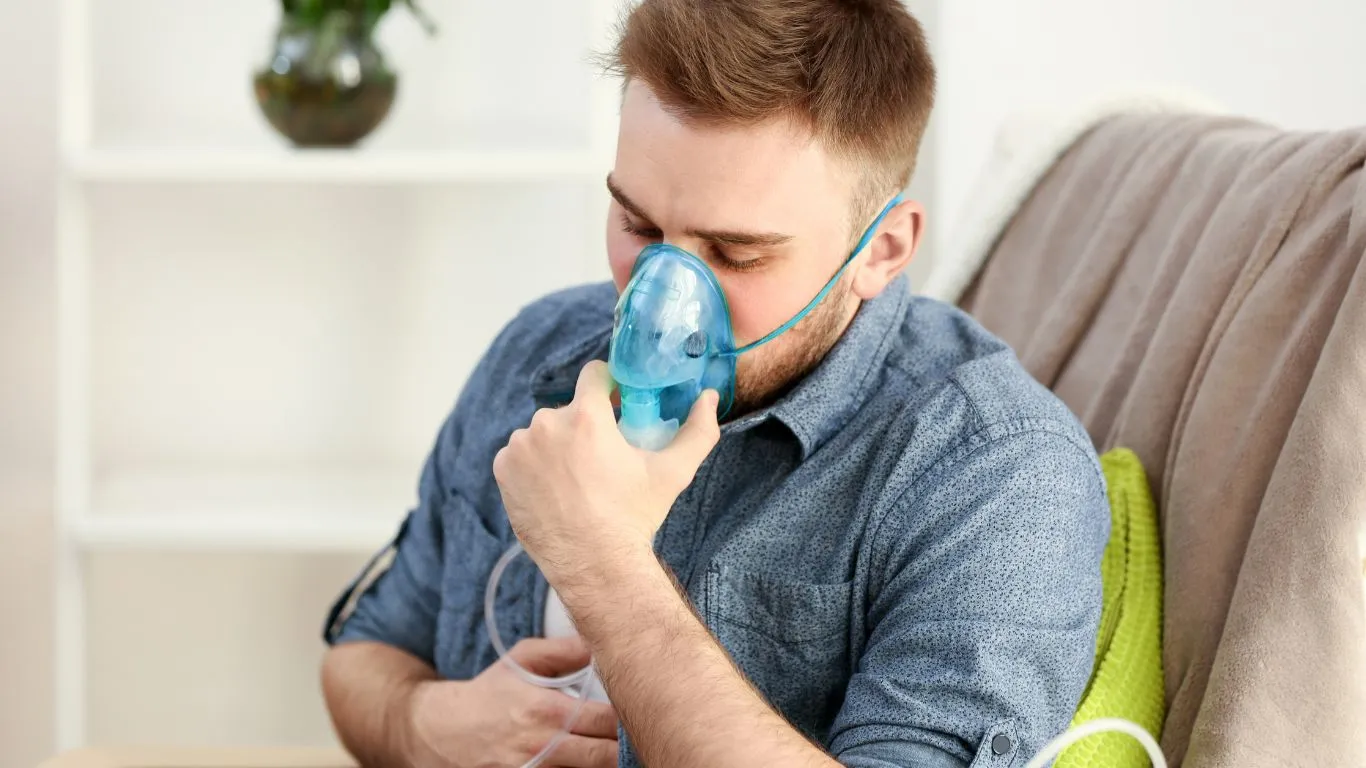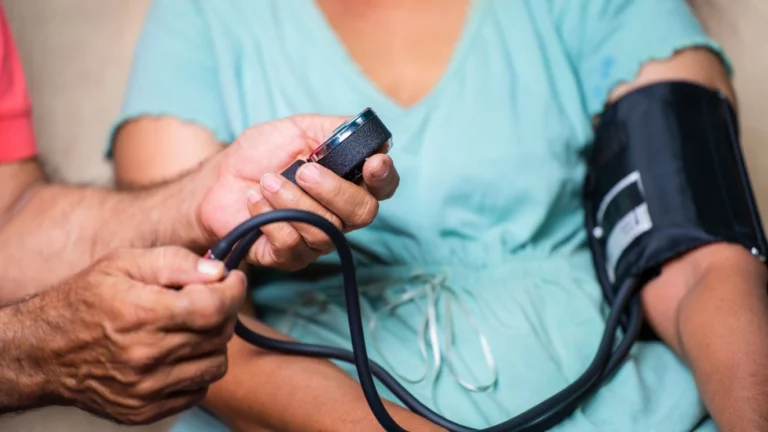Powerful Tips for Preventing Asthma While Traveling Safely
As a pulmonary nurse practitioner, I’ve seen more than my fair share of asthma flare-ups triggered by travel. From dry airplane cabins to dusty hotel rooms and new allergens in unfamiliar environments, traveling can be a minefield for asthma sufferers. But here’s the good news—managing and even preventing asthma while on the move is absolutely possible with the right preparation. In this article, I’m diving into practical, real-life tips for preventing asthma while traveling, many of which I’ve shared with patients over the years—and used myself on the road!
Understanding Why Travel Triggers Asthma

Before we jump into what you can do to prevent asthma attacks while traveling, it helps to understand why travel throws so many curveballs at our lungs. Air quality shifts, humidity drops, increased stress, disrupted routines—all of these can wreak havoc on someone with sensitive airways.
Common Travel Triggers
- Dry air on planes – low humidity levels irritate airways and dry out mucus membranes.
- Hotel allergens – dust mites, mold, and even scented cleaning products can be hidden irritants.
- Changes in altitude or climate – your lungs notice, even if you don’t at first.
- New environmental exposures – unfamiliar plants, pollution, or even local foods can surprise you.
- Stress and fatigue – big travel days often mean skipped meds and poor sleep, both of which can lead to flare-ups.
I once had a patient who was meticulous with her asthma care at home, but on a family trip to Arizona, the dry desert air combined with a forgotten inhaler led to an ER visit. That experience really hammered home for me how important planning ahead can be.
Pack Like a Pro: Travel Prep for Asthma Safety

Make a Checklist Before You Zip That Suitcase
If there’s one thing I emphasize to my patients before they travel, it’s the importance of making a simple, repeatable asthma travel checklist. I use one myself and recommend patients laminate it or keep it in their travel bag.
- Quick-relief inhaler (albuterol) – always keep it in your carry-on, not checked luggage.
- Controller meds – don’t skip doses just because you’re out of routine.
- Spacer device – yes, even if it’s bulky. It makes a big difference.
- Peak flow meter – this helps you monitor changes before you feel them.
- Written asthma action plan – especially useful in emergencies or if someone else is helping you.
Something I always do is carry a small laminated card in my wallet listing my medications and emergency contacts. It’s been helpful more than once when traveling solo or internationally.
Don’t Assume You’ll Find What You Need Abroad
Even if you’re heading somewhere modern, don’t assume you can just pop into a pharmacy and grab a rescue inhaler. Different countries have different medication names and requirements. One patient of mine found herself stuck in Italy without her fluticasone and ended up having to navigate a language barrier just to get a prescription filled.
Tips for Preventing Asthma While Traveling: Start With the Flight

How to Survive the Airplane Cabin
Flights can be tough for asthma. I usually remind folks that airplane air is drier than the Sahara. Combine that with recycled air and stress, and you’ve got the perfect storm.
- Use a saline nasal spray before and during the flight to keep airways moist.
- Stay hydrated—it helps your mucus membranes do their job.
- Avoid strong perfumes and aisle seats near bathrooms, which tend to be more irritating.
- Pre-treat with your inhaler before the flight if flying usually makes you tight-chested. (Ask your doctor first!)
Funny story—I once had a seatmate spritz themselves with a floral body spray mid-flight. My lungs instantly protested. I spent the rest of the flight practically breathing into my scarf. Lesson learned: travel with a mask or scarf just in case!
Let Airline Staff Know About Your Asthma
It might feel awkward, but letting flight attendants know you have asthma can be a real game changer. I’ve had patients get seated near better air flow or away from pets on board just because they spoke up early.
Plus, some airlines allow you to board early if you need to sanitize your area or need extra time to get your meds sorted. Never hurts to ask.
Staying in Hotels: How to Make Your Room Asthma-Friendly

Alright, so you’ve survived the flight and made it to your destination—nice! But your work’s not done yet. Hotel rooms can sometimes be a hidden danger zone for asthma triggers, especially if you’re sensitive to things like dust mites, mold, or heavy-duty cleaning chemicals. I’ve had more than one patient tell me they started wheezing within an hour of checking in. And honestly? I’ve been there myself.
What I Recommend to My Patients (and Do Myself!)
- Call ahead and request an allergy-friendly room. Many hotels now offer these rooms with hardwood floors, hypoallergenic bedding, and air purifiers. It’s worth the ask.
- Bring your own pillowcase or pillow cover. I travel with a hypoallergenic pillow cover tucked in my suitcase. Doesn’t take up much space and makes a difference.
- Ask for a room away from the pool or laundry area. Moisture from these areas can promote mold and mildew growth.
- Inspect the HVAC unit and windows. A quick peek can tell you a lot about air quality. If something smells musty, ask for a room change—trust your nose.
True story: I once stayed at a hotel where the carpet was still damp from a recent shampoo. Within hours, I was coughing like I hadn’t taken my meds in a week. I learned then to ask about recent cleaning or renovations. Don’t be shy about advocating for your lungs.
Tips for Preventing Asthma While Traveling Outdoors

Whether you’re hiking national parks or walking through bustling city streets, outdoor travel presents its own set of challenges. Changes in air quality, pollen levels, and even temperature shifts can all mess with your breathing.
Know the Air Quality Before You Go
I always check the AQI (Air Quality Index) before planning outdoor activities. Apps like AirVisual or even just a quick Google search can help you avoid high-pollution times. If the AQI is over 100, I suggest minimizing strenuous outdoor activity, especially if you’re already prone to asthma symptoms.
Don’t Let Pollen Wreck Your Plans
- Travel during low-pollen seasons if possible—usually fall or winter, depending on the location.
- Shower and change clothes after being outside to avoid dragging pollen back to your bed or couch.
- Use a mask or scarf during high pollen counts. Not glamorous, but effective.
I remember hiking in the Smoky Mountains one spring—gorgeous views, sure, but I underestimated the pollen count. I had my inhaler, thankfully, but I was puffing like I’d run a marathon by the end of it. Lesson learned: beauty isn’t worth a bronchospasm.
Keep Meds Accessible, Always
It sounds basic, but when you’re out and about, the last thing you want is to realize your inhaler’s in the hotel room. I tell patients to carry their quick-relief inhaler in a belt bag, pocket, or backpack with easy access—no digging through luggage when you’re short of breath!
Eating Out and International Travel with Asthma

Food might not seem like a direct asthma trigger, but for many people, certain food additives, sulfites, and allergens can cause a flare-up. Dining out—especially in a new country where ingredients and cooking methods vary—means you have to stay just a bit more alert.
Watch Out for Sulfites and Additives
- Wine, dried fruit, and some deli meats often contain sulfites, which are a known asthma trigger for many.
- MSG (monosodium glutamate) can cause symptoms in some sensitive individuals. It’s common in takeout or processed foods.
I had one patient tell me that after a glass of red wine and a charcuterie board on vacation, she had the worst wheezing episode of her life. Turns out it was the sulfites in both. Not everyone reacts, but it’s smart to know your body and read those labels—or better yet, ask the server if you’re unsure.
Traveling Abroad: A Few Must-Do’s
- Translate your medical terms into the local language. You can use a translation app or write down key phrases like “I have asthma” and “I need my inhaler.”
- Carry extra meds—not just a few days’ worth. If a flight gets delayed or your trip extends, you don’t want to be stuck.
- Know where the nearest clinic or pharmacy is at your destination. You’ll rarely need it, but it brings peace of mind.
I always bring at least one full extra inhaler, and I never pack all my meds in one place. I split them between my carry-on and my purse—just in case. A colleague of mine once had her luggage lost en route to Costa Rica. No inhaler, no peak flow meter—just stress. Trust me, backup meds are essential.
Insurance, Letters, and Legal Prep
If you’re heading overseas, check your health insurance and consider getting travel medical coverage. Also, it helps to bring a doctor’s letter explaining your condition and prescriptions—especially if you’re traveling with injectables, a nebulizer, or unusual-looking medical gear. I’ve had TSA ask questions about my nebulizer battery pack more than once.
Cruising with Confidence: Asthma-Friendly Sea Travel Tips

Let’s talk cruises—because floating hotels might seem relaxing, but they come with their own asthma-related quirks. Between changing air pressures, onboard allergens, and excursions into unfamiliar territory, I always prep my asthma toolkit before setting sail.
Cabin Considerations and Ship Preparedness
- Request a hypoallergenic cabin—some ships offer fragrance-free or filtered-air options if you ask ahead of time.
- Pack your own pillowcase (yes, again!). Linens are laundered but detergents and fabric softeners can sometimes trigger symptoms.
- Let medical staff onboard know about your asthma. Cruise ships have medical centers, and it’s reassuring to know where they are—just in case.
One of my patients once had a mild asthma attack on a Caribbean cruise—brought on by a musty cabin and humid air. The onboard doctor was great, but she told me she wished she’d packed her nebulizer instead of leaving it “just for emergencies” at home. Lesson learned: when in doubt, bring it.
Excursion Tips for Asthma Control
Excursions are the highlight of cruising—but don’t forget your meds while you’re chasing waterfalls or snorkeling.
- Carry your inhaler in a waterproof pouch if you’re doing any water activities.
- Pre-medicate if you’re prone to exercise-induced asthma and planning something active like hiking or kayaking.
- Be cautious with animal excursions (like horseback riding or farm visits) if you have allergies that can exacerbate asthma.
High Altitude = High Risk: Asthma in the Mountains

Heading to higher altitudes? Gorgeous views await—but thinner air means less oxygen, which can lead to shortness of breath even for those without asthma. For people like us, the stakes are just a bit higher.
Understand What Altitude Does to Your Lungs
When you go above 5,000 feet, your body has to work harder to get the oxygen it needs. That means your lungs are under more pressure—and if your airways are already sensitive, they’ll notice.
- Plan rest days when arriving at a high-altitude location to let your body adjust.
- Stay hydrated to keep mucus membranes moist (yep, we’ve said it before—it’s that important).
- Monitor your symptoms closely. If you feel tightness or shortness of breath, use your peak flow meter if you brought one, and don’t hesitate to take a break.
Back when I visited Denver for a conference, I noticed I needed my rescue inhaler more often—even though my asthma was well-controlled. The altitude really does sneak up on you, especially if you’re active. I always advise my patients to pace themselves and take it slow, especially during the first 24–48 hours.
When to Seek Help
If your rescue inhaler isn’t helping, or if symptoms escalate quickly, don’t try to “tough it out.” Altitude-induced asthma symptoms can spiral fast. It’s always okay to head to an urgent care or hospital, especially in ski towns or mountain cities where they’re very familiar with these kinds of cases.
Emergency Planning: Be Ready, Not Scared
Let’s be honest—travel isn’t always smooth sailing. Delays, lost luggage, or surprise exposures happen. But with some forethought, you can stay in control even when things go sideways.
Create a Mini Asthma Emergency Kit
- Quick-relief inhaler (plus backup)
- Spacer (yes, even for adults—it improves delivery)
- Asthma action plan with green/yellow/red zone instructions
- Medical ID or bracelet if you’re traveling alone or in a high-risk area
One of my clients once passed out from a severe asthma attack in an unfamiliar city. Her bracelet helped the EMTs know exactly what was going on, even when she couldn’t speak. I can’t stress enough how a small card or ID can speed up emergency care when seconds matter.
Digital Backups and Extra Prescriptions
Keep digital photos or PDFs of your prescriptions and doctor’s notes on your phone. I also suggest saving your doctor’s contact info under a clear label in your contacts list—just in case you need to explain your treatment history to another provider.
References
- National Heart, Lung, and Blood Institute
- Centers for Disease Control and Prevention
- Health.com
- National Institutes of Health
- WebMD
Disclaimer
This article is for informational purposes only and does not substitute medical advice, diagnosis, or treatment. Always consult your healthcare provider before making decisions related to your asthma management, especially when traveling or changing medications. While I share insights based on my clinical experience as a pulmonary nurse practitioner, every individual’s needs may vary.

Bianca Nala is a compassionate Nurse Practitioner with a strong background in primary and respiratory care. As a health writer for Healthusias.com, she combines her clinical expertise with a talent for clear, relatable storytelling to help readers better understand their health. Bianca focuses on topics like asthma, COPD, chronic cough, and overall lung health, aiming to simplify complex medical topics without losing accuracy. Whether she’s treating patients or writing articles, Bianca is driven by a single goal: making quality healthcare knowledge accessible to everyone.






